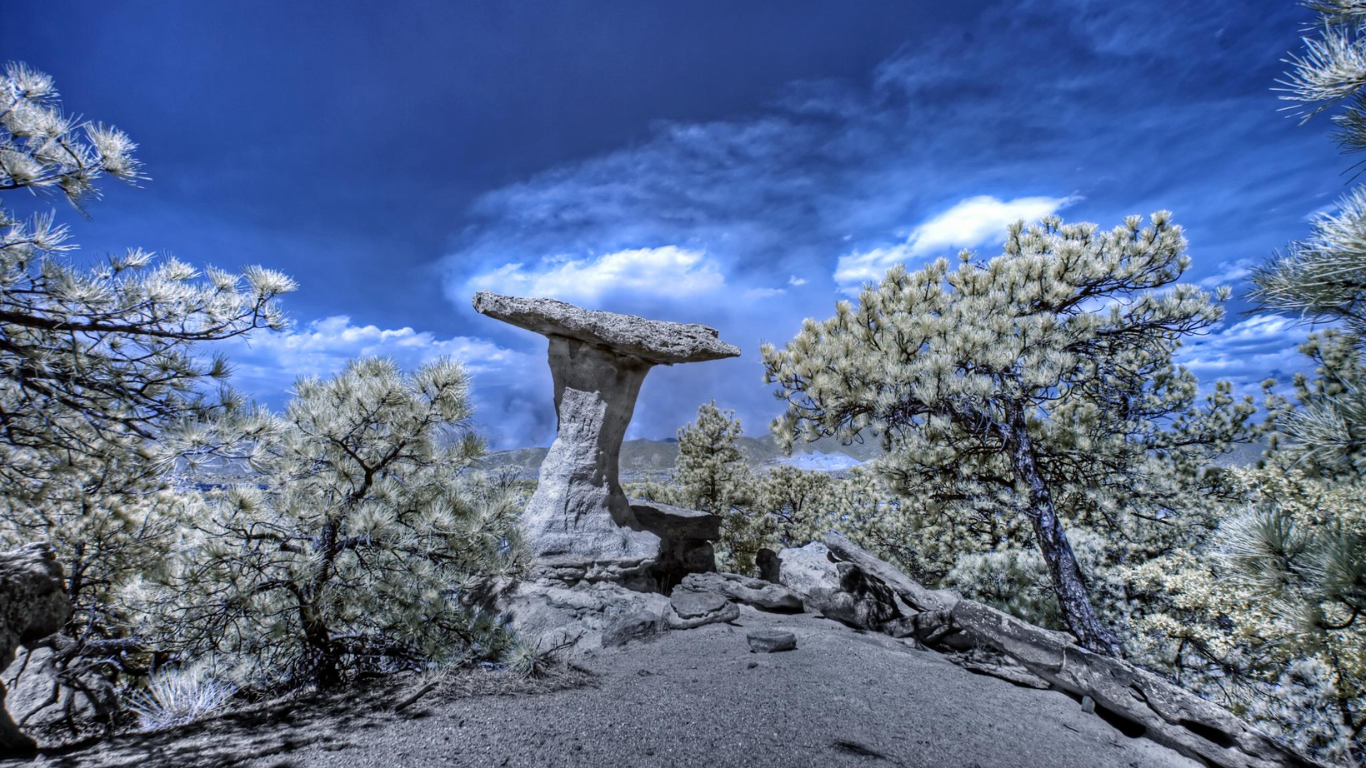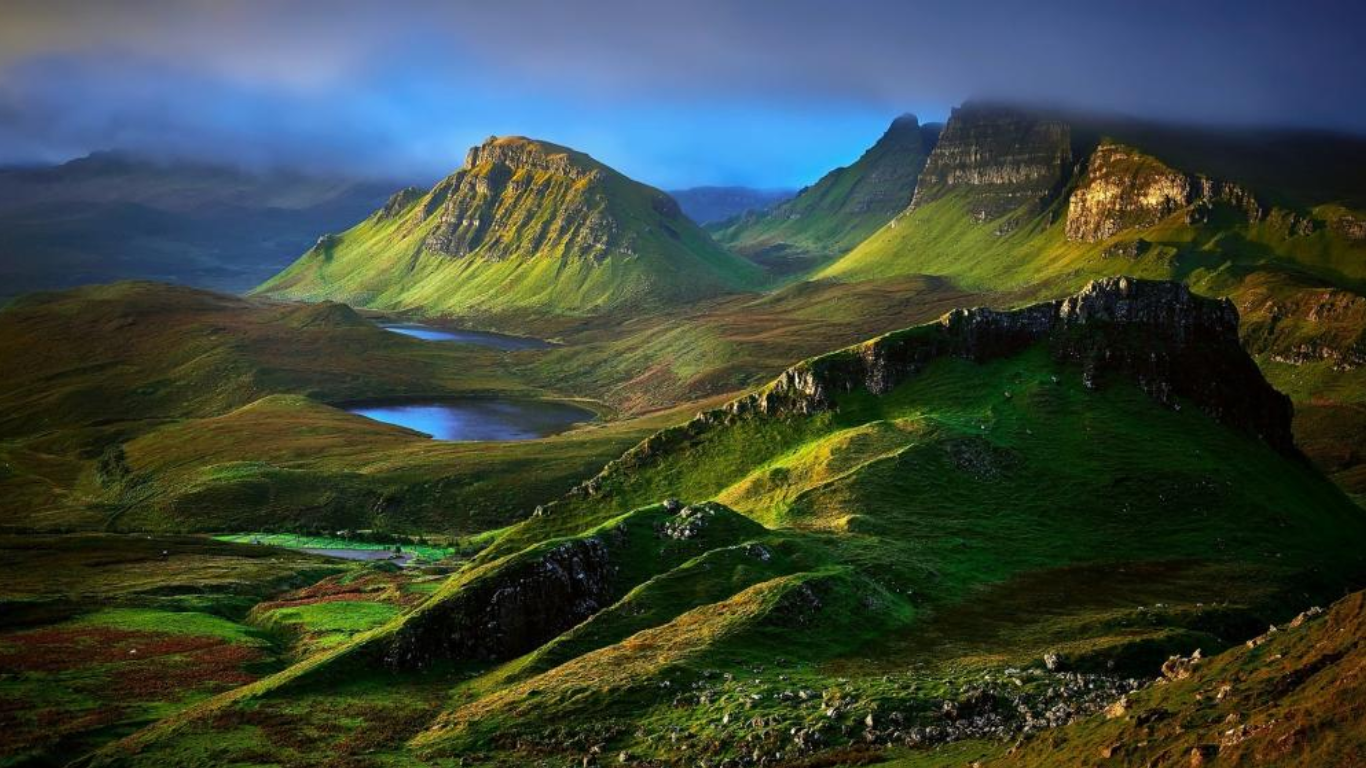Landscape photography is one of the most profound ways to connect with the natural world. It allows photographers to capture the stunning beauty of the earth, conveying the essence of a place through light, texture, and composition. Whether you are an experienced photographer or someone just starting, capturing breathtaking landscapes is both an art and a science. In this article, we will explore the key elements that make a great landscape photo, techniques for capturing stunning shots, and tips to help you refine your craft.
The Essence of Landscape Photography
Landscape photography isn’t just about taking a picture of a beautiful scene—it’s about telling a story, evoking emotion, and showing the intricate relationship between nature and the human experience. A powerful landscape image can stir the imagination, transport viewers to distant places, and make them feel as though they are standing in that exact moment in time.
At its core, landscape photography is about showing the world as it is, but in a way that might make the ordinary appear extraordinary. A photograph can immortalize a fleeting moment of light or weather, the flow of water, or the interplay of shadows across a mountain ridge. The best landscape photographers have a keen sense of observation and a deep understanding of the environment around them. They capture not only the scenery but also the atmosphere, mood, and character of the landscape.
Understanding Composition in Landscape Photography
Composition is the foundation of any great photograph, and this is especially true in landscape photography. The way you arrange the elements in your frame can make all the difference between an average snapshot and a captivating landscape shot. Here are some of the key compositional techniques that can elevate your landscape photography:
The Rule of Thirds:
One of the most widely used compositional principles in landscape photography is the rule of thirds. This rule involves dividing your frame into nine equal parts by drawing two horizontal and two vertical lines. The idea is to place the most important elements of your scene along these lines or at the intersections, creating a balanced and dynamic composition.
For example, when photographing a seascape, you might place the horizon line along the lower third of the frame, allowing the sky to occupy the upper two-thirds. This helps draw the viewer’s eye naturally through the image, creating a sense of harmony and balance.
Leading Lines:
Leading lines are elements within a landscape that draw the viewer’s eye toward the main subject or deeper into the frame. Roads, rivers, fences, or paths often serve as leading lines in landscape shots. Using leading lines helps create a sense of depth and perspective in the photograph, guiding the viewer’s gaze and providing a visual journey through the scene.
A winding road through a forest, for example, could lead the viewer’s eye from the foreground toward a distant mountain peak, creating a sense of adventure and exploration.
Framing the Scene:
Using natural elements to frame your subject can add a sense of context and intimacy to your landscape shots. Trees, archways, or rock formations can serve as a frame for your primary subject, helping to direct attention and providing a sense of scale and depth. This technique can also help isolate the subject from a busy background, making it stand out more prominently.
For instance, photographing a lone tree through the branches of other trees creates a layered effect, adding both depth and interest to the composition.
Symmetry and Patterns:
Nature is filled with symmetry and patterns, and capturing these can add a striking element to your landscape photos. A perfectly symmetrical reflection in a calm lake or the repeating patterns of sand dunes in a desert can create visually engaging images. Symmetry often invokes a sense of calmness and order, whereas patterns—whether natural or man-made—can add visual interest and complexity to a shot.
Golden Hour and Lighting:
One of the most crucial factors in landscape photography is lighting. The light can completely transform a scene, altering the mood and character of the landscape. The “golden hour,” which occurs shortly after sunrise and just before sunset, is often considered the best time to capture dramatic and visually appealing landscapes. During this time, the light is softer, warmer, and more diffuse, casting long shadows and enhancing textures.
The soft light of the golden hour can create a magical glow on everything from rolling hills to mountain peaks. By planning your shoots around this time, you can achieve warm, rich tones that enhance the natural beauty of your landscape.
Alternatively, the “blue hour,” the time just before sunrise or after sunset, can create a cool, serene atmosphere with deep blues and purples. This is an excellent time for capturing dramatic landscapes under low light conditions, such as the fading light over the ocean or the first stars beginning to appear in the sky.
Use of Filters:
Filters can significantly improve the quality of your landscape photos, especially in challenging lighting conditions. The most commonly used filters in landscape photography are polarizing filters and neutral density (ND) filters.
- Polarizing Filter: This filter helps reduce reflections, intensifies colors, and adds contrast to the sky. It’s particularly useful when photographing bodies of water, as it can eliminate glare and reveal the textures and colors beneath the surface.
- ND Filters: ND filters reduce the amount of light entering the camera, allowing you to use slower shutter speeds in bright conditions. This is ideal for capturing smooth, flowing water in waterfalls, rivers, or seascapes, giving the water a silky, ethereal appearance.
Technical Considerations for Landscape Photography
 While composition and artistic elements are essential, technical aspects play a significant role in ensuring the clarity and sharpness of your landscape images.
While composition and artistic elements are essential, technical aspects play a significant role in ensuring the clarity and sharpness of your landscape images.
Depth of Field:
Landscape photographers often want a large depth of field to ensure both the foreground and background are in sharp focus. To achieve this, you’ll need to use a smaller aperture (higher f-number), such as f/8 or f/11. A small aperture creates a greater depth of field, keeping the entire scene in focus from near to far. However, keep in mind that smaller apertures can lead to diffraction, so it’s important to find a balance between achieving sharpness and avoiding the softening effects of excessive diffraction.
Tripods for Stability:
A tripod is an essential tool for landscape photographers, especially when shooting in low light or using slow shutter speeds. A tripod ensures stability, preventing camera shake and allowing you to capture long exposures without blurring. It’s also helpful for composing your shots more carefully and maintaining consistent framing during a shoot, particularly in situations where lighting conditions change quickly, such as during the golden hour.
Focusing Techniques:
For maximum sharpness, it’s essential to focus carefully in landscape photography. One common technique is to use the “hyperfocal distance” method, which involves focusing at a specific distance to ensure the sharpest possible focus across the entire image. Many photographers also use manual focus for greater control over where they place the focus point, especially when shooting at wide apertures.
Long Exposures and Motion:
Many landscape photographers enjoy experimenting with long exposure times to capture motion in the scene, such as the smooth flow of waterfalls, the movement of clouds, or the crashing of waves against rocks. A neutral density filter can help achieve these effects during the day by reducing the amount of light entering the lens, allowing for longer exposures without overexposing the image.
Post-Processing and Enhancements
While capturing the perfect landscape photo in-camera is important, post-processing can further refine and enhance your image. Many landscape photographers use software like Adobe Lightroom or Photoshop to make subtle adjustments to their photos.
Adjusting Exposure and Contrast:
Adjusting the exposure, highlights, shadows, and contrast in post-processing can help bring out the details in both the bright and dark areas of the image. Increasing contrast can make colors pop, while adjusting the exposure can help ensure that both the bright and dark areas are properly exposed.
Enhancing Colors:
One of the most important aspects of landscape photography is capturing vibrant, true-to-life colors. Post-processing can be used to enhance the colors of the landscape, subtly adjusting saturation and vibrance to bring out the natural beauty of the scene without overdoing it.
Sharpening and Noise Reduction:
For images shot at higher ISO settings or in low-light conditions, applying noise reduction in post-processing can help reduce grain. Additionally, sharpening can be applied to bring out fine details, such as textures in rocks, leaves, and clouds, enhancing the overall clarity of the image.
Conclusion:
The Art of Capturing the World’s Beauty Landscape photography is about more than just capturing a beautiful view; it’s about expressing a personal connection with nature and inviting viewers to see the world through your eyes. By understanding the principles of composition, mastering the technical aspects of your camera, and experimenting with light and atmosphere, you can create powerful, evocative landscape images that resonate with viewers on a deeper level. more info…
